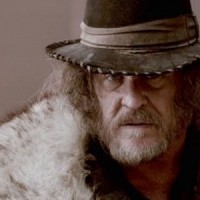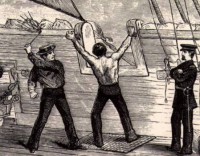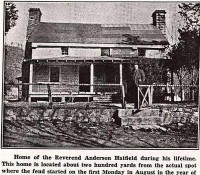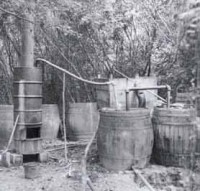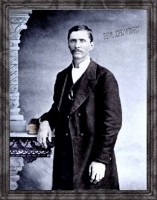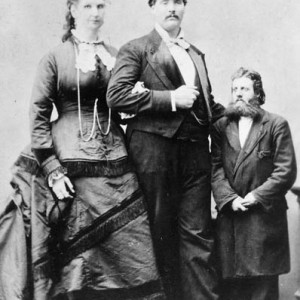This is an artist’s rendition of a man being flogged aboard a ship. Flogging was common in the old British Royal Navy, until it was outlawed around 1880. The punishment was usually a dozen lashes with a cat o’ nine tails.
In his 2013 best-selling “True Story” of the Hatfield and McCoy feud, Dean King has two women receiving a punishment that far exceeds flogging round the fleet in its severity. The instrument used in King’s tale was a cow’s tail.
This essay, in its entirety, can be read in my book, “Lies, Damned Lies, and Feud Tales.” https://www.amazon.com/dp/1977716814/ref=sr_1_1?s=books&ie=UTF8&qid=1511238586&sr=1-1&keywords=Lies%2C+Damned+Lies%2C+and+Feud+Tales
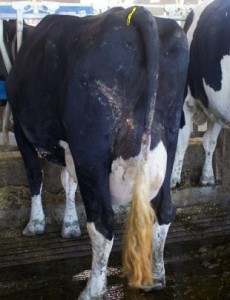
As you can see from the photo, a cow’s tail is three to four feet long, and is bigger at the butt end than the cow’s lower foreleg. While the cat o’ nine weighed less than a pound, the cows tail weighs much more. Wikipedia says; “Oxtail (occasionally spelled ox tail or ox-tail) is the culinary name for the tail of cattle. …An oxtail typically weighs 2 to 4 lbs…..http://en.wikipedia.org/wiki/Oxtail
The comparison of such a bludgeon with the cat, which weighs less than a pound is startling. For a more meaningful comparison, consider the bat with which Henry Aaron hit 755 home runs:
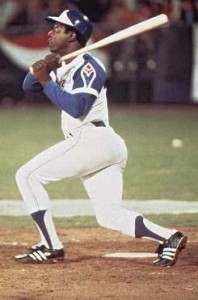
“With the start of 1971, Hank Aaron finished his career only ordering A99 model bats. All of the lengths were 35” in length and weighed 32 to 34 ounces….. “The History of the Hillerich & Bradsby Bats ordered by Henry Aaron by Troy R. Kinunen …..http://www.mearsonline.com/index.php?mact=News,cntnt01,print,0&cntnt01articleid=51&cntnt01showtemplate=false
The instrument used by Cap Hatfield and Tom Wallace to bludgeon the two women in King’s yarn was actually longer and heavier than Hank Aaron’s Louisville slugger.
Let’s give Mr. King the benefit of the doubt and say that the bovine appendage employed by Cap Hatfield was only of medium size. This means that the Daniels women were struck by a weapon that was three times as heavy as the cat, which would break a one-inch-square piece of wood, and half-again as heavy as Hank Aaron’s bat.
If a one pound cat o’ nine would break a one-inch piece of wood, we would certainly expect a bludgeon three times as heavy to break bones, and that’s exactly what King says happened. He writes: “with the first two blows, the heavy bone end of the tail cracked two of her ribs.”[i]
Two strokes with a bludgeon longer and heavier than Hank Aaron’s bat did just what you would expect; they broke two bones. Then King’s tale becomes like so many more of his yarns—simply incredible. He says that the two women were beaten in turn for a total of forty minutes! Allowing for a slow, methodical cadence of one stroke every three seconds, this means that the two women each received about four hundred strokes from that massive bludgeon, and both survived, with no damage beyond two broken ribs reported. Two hundred fifty strokes from a one pound cat o’ nine would kill a British sailor, but Dean King’s women survived four hundred strokes from an implement three times as heavy!
I’ve tried to imagine what should be done to someone who would tell a whopper like that in a book that he claims is a “True Story,” but I can’t come up with anything that precisely fits the offense. I would not like to cause an animal to suffer by removing the tail from a cow–as King says Cap did– but I might consider the lesser punishment of a few brisk strokes using a Hank Aaron model Louisville Slugger.
[i] How Cap could hold a half-ton cow still long enough to cut through that much bone and gristle is not explained.
